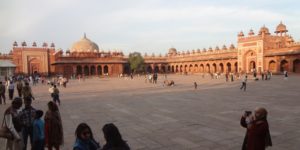A Pilgrim’s Guide to Nepal’s, Most Sacred Temples
29 Aug 2025 Umesh Paneru
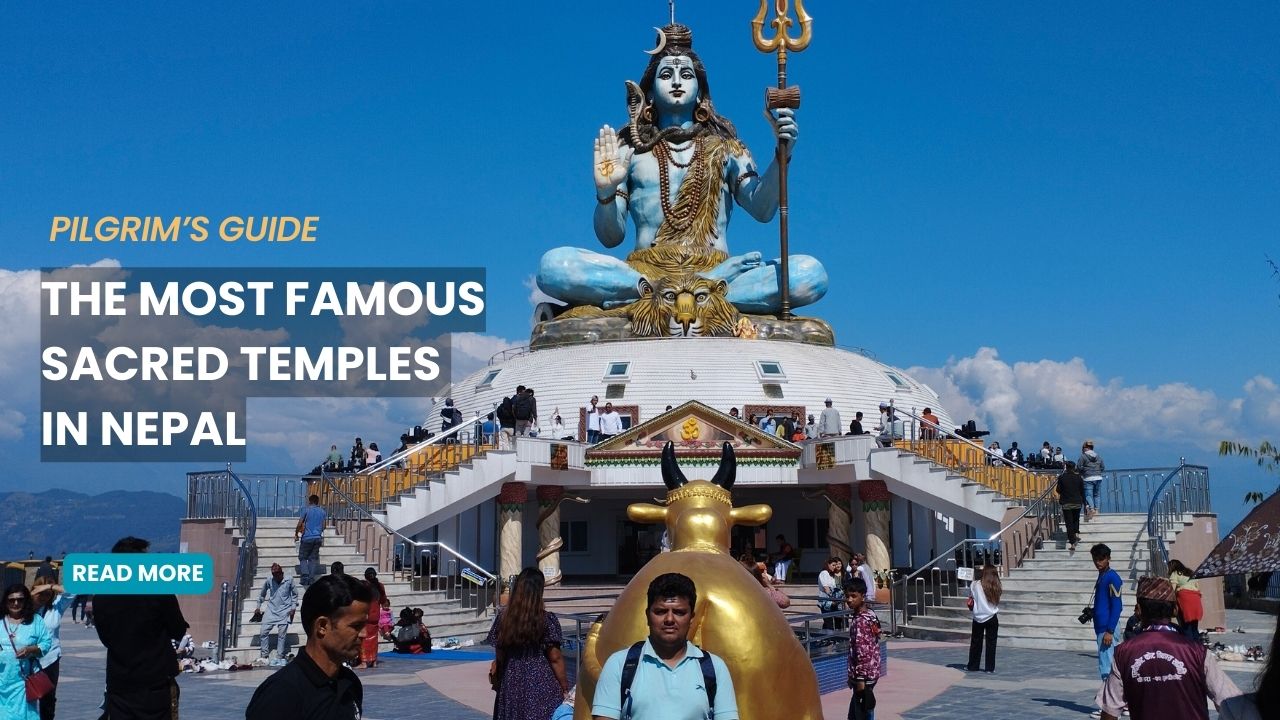
Known as the Land of Gods and Temples, Nepal is a spiritually rich country. The inhabitants here have not only been religiously adhering to the same rituals but also the same faiths for a very long time. The prosperous Terai plains to the snow-capped Himalayas, the whole of Nepal is dotted with temples, stupas, and shrines that speak of the people’s age-old culture and religious faith. These holy places, which are the centers for worship, have also long been the art, history, and devotion people’s timeless symbols. The temples of Nepal, from the intricately carved wooden pagodas to the gigantic stone stupas, are the result of a successful of Hinduism and Buddhism, the two major religions that have been the main characters of the country’s religious and cultural background for hundreds of years.
Temples are not just present in the cities throughout the country but are found on the top of the mountains, in the middle of jungle, and even in the distant areas of the Himalayas. Most of these temples have been there for ages and are not only historically but also spiritually important. The temples provide a serene environment, spiritual revival, and a peek into Nepal’s puritan heritage, thus, becoming the source of attraction for million pilgrims and tourists every year. The practice of daily rituals, celebrations of festivals, and performance of cultural ceremonies are some of the activities that temples organize and that contribute to the spiritual essence of Nepal being alive.
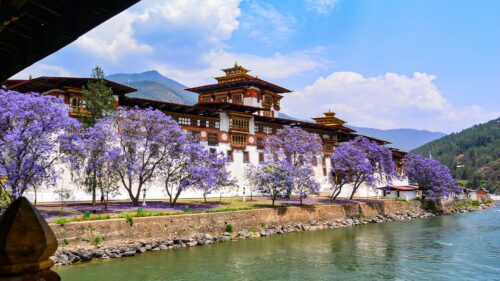
Nepal Tibet Bhutan Luxury Tour 15 Days
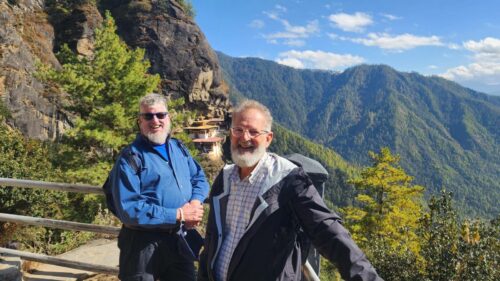
Nepal Tibet Bhutan Tour 14 Days
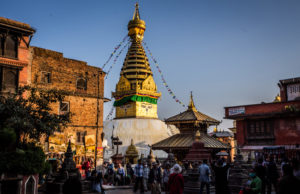
Nepal Tibet Bhutan Short Tour 2026/2027 10 Days
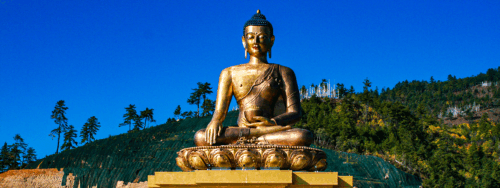
Nepal Bhutan Luxury Tour 12 Days
Among the many religious sites in Nepal, there are a number of them which are most popular for their historical, cultural, and spiritual values. Those are Boudhanath and Swayambhunath, the Buddhist stupas, Pashupatinath and other temples, and some extraordinary places like Manakamana, Gorakhnath, Muktinath, Gosaikunda, and Janaki Temple. All of these places have been the subject matter of numerous stories and have their own customs. Their visits are not only through religion but also through the culture, faith, and peace of Nepal.
Why Nepal Is Called the Land of Gods and Temples?
Nepal is often called “The Land of Gods and Temples” because of its deep religious history, the large number of holy places, and the peaceful living together of different faiths—mainly Hinduism and Buddhism. The points below give a short overview of why Nepal is known by this name:
1. Home to Thousands of Temples
Nepal has thousands of temples, shrines, stupas, and monasteries everywhere in the country. Some of them, which are hundreds of years old and are among the most significant places for worship and pilgrimages, are very ancient.
- Pashupatinath Temple – One of the most sacred Hindu temples of Lord Shiva.
- Swayambhunath (Monkey Temple) – A major Buddhist site with Hindu significance as well.
- Muktinath Temple – Sacred to both Hindus and Buddhists, located in the Mustang region.
- Lumbini – The birthplace of Lord Buddha.
2. Religious Diversity and Harmony
Most people in Nepal are Hindu (around 81%), but Buddhism is also very important. Both religions share many festivals, gods, and sacred places. which has created a unique blend of spiritual culture rarely seen elsewhere.
3. Living Heritage and Culture
In Nepal, religion is part of everyday life. People worship at temples, offer puja at home and celebrate many festivals, like: Dashain and Tihar, Buddha Jayanti, Indra Jatra, Gai Jatra, and Maha Shivaratri etc.During these festivals, there are processions, rituals, and gatherings where communities come together.
4. Valley of Temples – Kathmandu
The Kathmandu Valley has seven UNESCO World Heritage Sites, many of which are temples or religious monuments. People often say that Kathmandu has more temples than houses and more gods than people.
5. Sacred Geography
Nepal is filled with holy rivers, mountains, and caves that are believed to be homes of gods and sages. For example:
- Himalayas – Described as the home of gods (Devabhumi), and often associated with divine meditation, purity, and power .
- Holy Mountains – Mountains like Machhapuchhre (Fishtail) and Langtang are considered holy and are not climbed out of respect.
- Gosaikunda Lake – Believed to have been created by Lord Shiva.
Here are some major pilgrim sites in Nepal:
Swayambhunath Stupa (Monkey Temple)
A place where peace and prayers come together in perfect harmony with the nature. Swyambhunath is amongst the oldest temples of Nepal with some of them aging up to 2500bc. Sitting in the top of the hill with a nubber of small temples and stupas surrounding it, it’s a delight to reach there. You have two options to reach the peak. One can go straight and walk while you can also drive to the top. The upward hike takes steep steps together with small shrines all the way. We also know this temple as the Monkey Temple. It is because of abundance of monkey in the temple.
The pilgrims and monkeys share this temple alike. Westward to Kathmandu, Swyambhunath is a popular valley view point as we can also view the buzzing Kathmandu as a whole from the top. Swyambhu itself translates to self existent and people believe this temple came to existence by itself when the lake of Kathmandu valley dried. One of the holiest destination for Buddhist pilgrims it also has numerous Hindu shrines constituted in it.
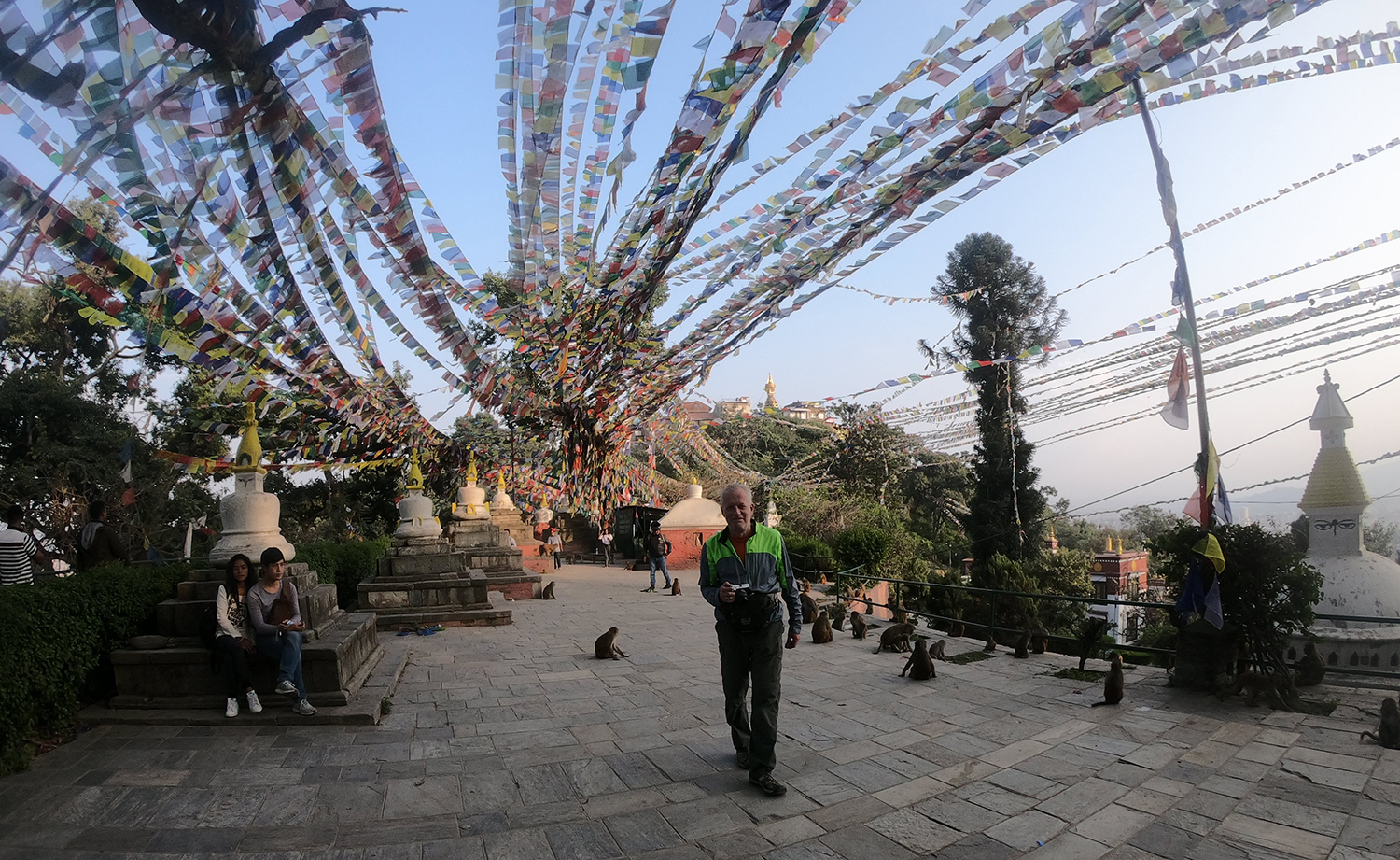
Pashupatinath Temple
Pashupatinath Temple is one of the Major Temple of the Hindu god Shiva in the whole of Asia. Built-in the 5th century, different Malla kings of Kathmandu and later Rulers also renovated this holy Temple. People believe that the site existed on itself and when a Shiva Lingam was discovered centuries ago. This temple with great Hindu significance and one of the largest Hindu temples of Nepal is in North-east Kathmandu. Composed of many small shrines and Shiva lingams Pashupatinath is One complex temple on the bank of the holy river Bagmati.
The Hindu pilgrims have a set of rituals before they worship the main Temple which is a Pagoda with a gilded roof with four sides and the Guardian of Mount Kailash ‘Nandi’ right before the main gate. Only Hindu people can enter the main temple whereas you can visit other 15 Shivalayas and about 492 temples in its peripheral region.
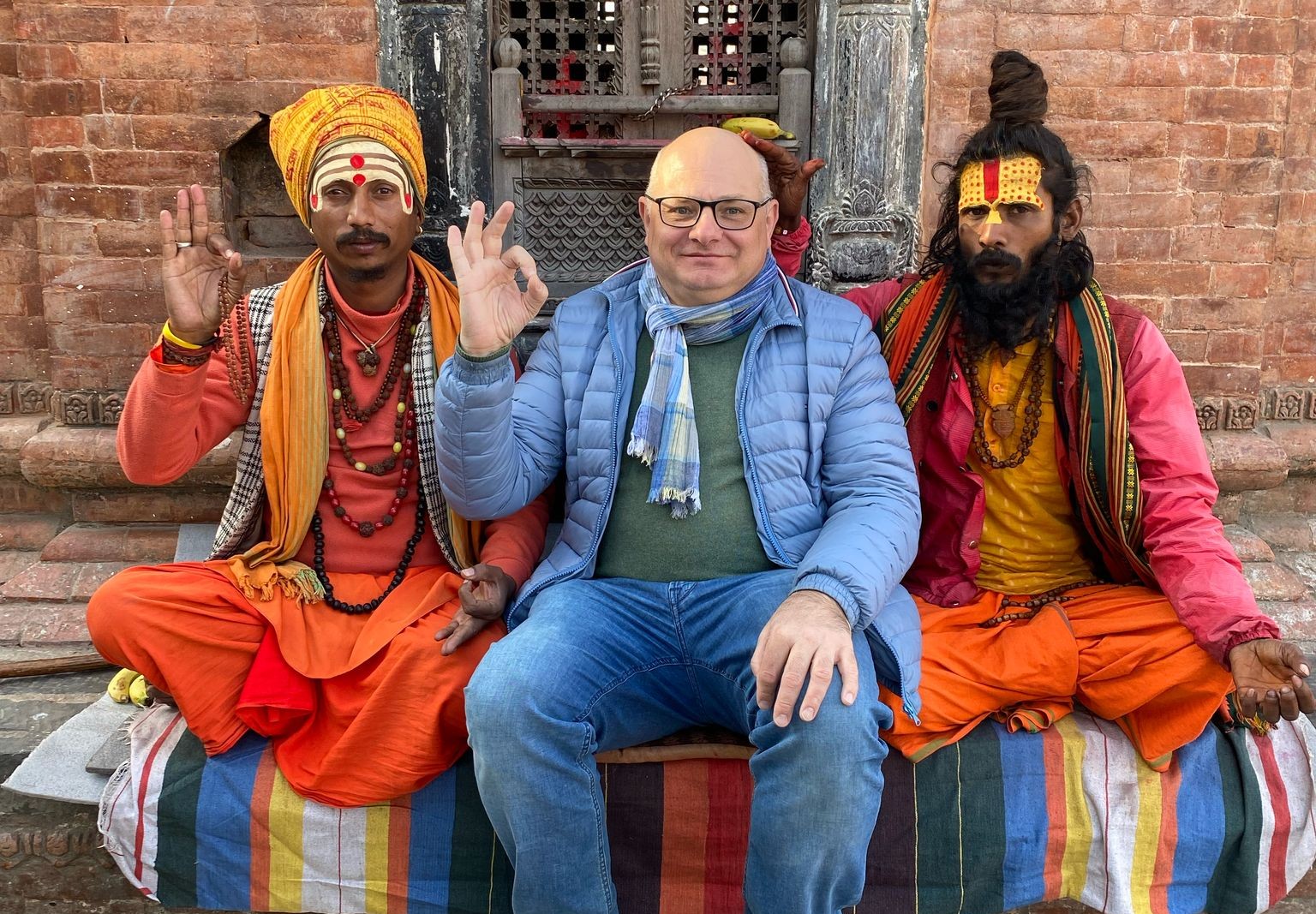
Boudhanath stupa
Stroll around and soak in the Positive vibes in the atmosphere of the Boudhanath stupa. An inspiring white molded architecture with the buzzing Buddhist lifestyle and a place where you can rinse your soul. Circle the dome with hundreds of devotees in their spiritual avatar and feel the spirituality of this divine place. Shop your souvenirs from with a large variety of shops surrounding the stupa. One can also sit in the balcony of a hotel there and sip in the Tibetian tea enjoying the glaze and Glory of this amazing Stupa.
Standing more than 120 feet tall Boudhanath is also amongst the tallest Stupa in Asia. Inspired by the Gyangtse of Tibet, the Lichchavi kings of 8th century renovated this stupa. Boudhanath was also the resting and praying place for the Tibetan traders traveling this route to India. Therefore, we can say that Boudhanath is the heart of Tibetian Buddhism in Nepal. On each side of the rectangular top of this stupa, there is a pair of eyes. These eyes reflect the awareness of Lord Buddha upon all of the people.
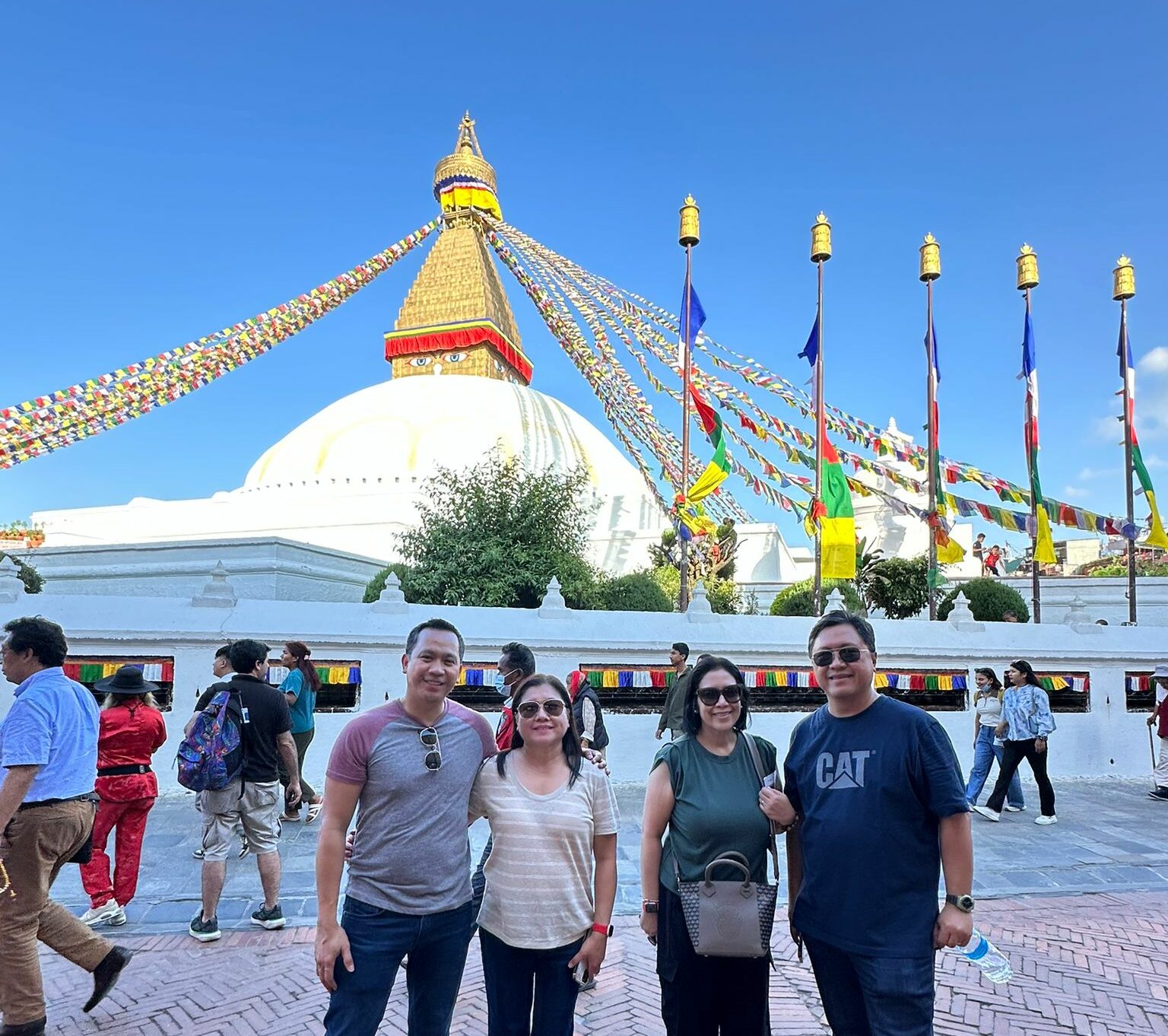
Mayadevi Temple
Mayadevi Temple is one of the must visit a place which constitutes the Birthplace of Lord Buddha. Many Historians and archaeologists alike have their claims that this was the very place of his Lord Buddha’s birth. We can also visit the Ashoka pillar which says that Lord Buddha was born in this very place and King Ashoka worshipped the spot himself. You can also visit beautiful Monasteries from China, Japan, Sri Lanka, Myanmar, Germany and more to embrace this holy land of Buddhism. Hindus consider Lord Buddha as the incarnation of Vishnu(the savior of lives). Therefore, Lumbini also gets thousands of Hindu pilgrims every year.
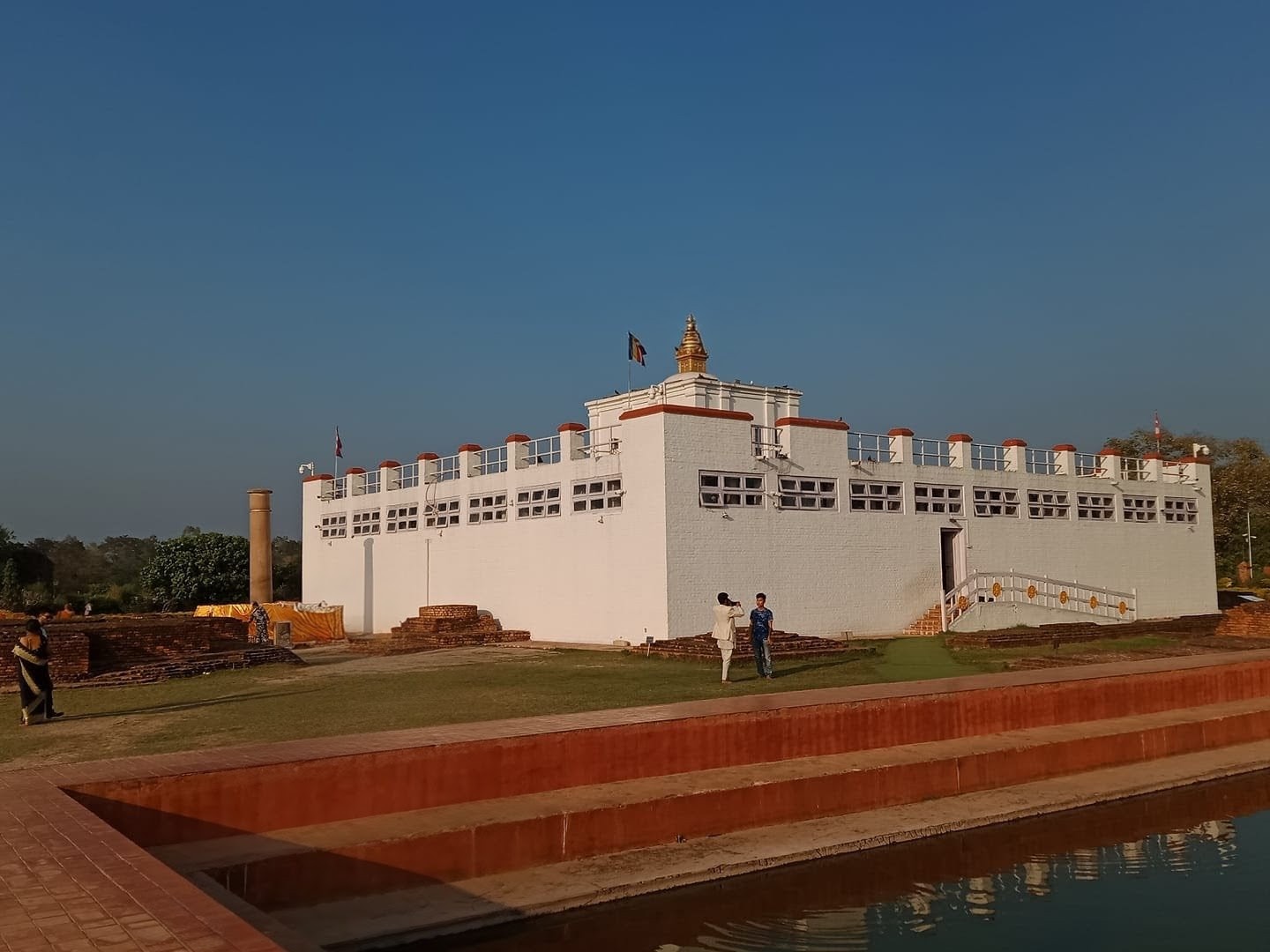
Tal Barahi Temple
Situated in the middle of a beautiful Phewa lake in the lap of the Himalayas is the Hindu Temple of Tal Barahi. A Temple of goddess Durga, the goddess of power and the protector. Pilgrims from the whole nation converge in this place to offer their prayers and offerings to the goddess here. This temple was built by King Kulmandhan Shah, the first shah king of Kaski and a devotee of goddess Durga in 1864. The main temple is a beautiful two-story pagoda with the Statue of Durga and many different Hindu gods. You have a section here where you can feed the fish of Phewa Lake. A visit here is an opportunity to get knowledge of the Hindu culture and tradition from a close distance.
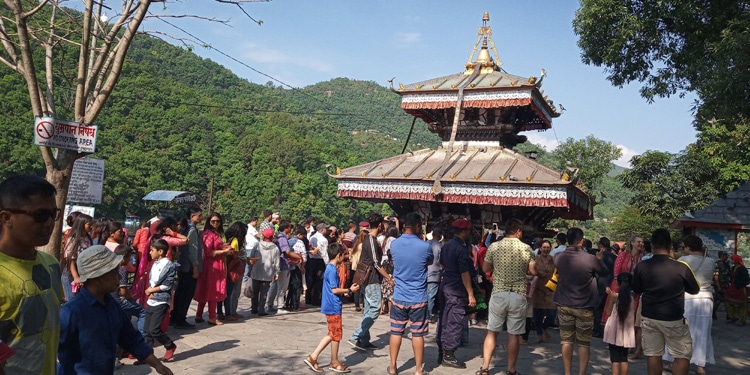
Muktinath Temple
Muktinath Temple is located in Mustang region, it is a holy site for both Hindus and Buddhists. It sits at the base of the Thorong La pass, Thorong La is a part of the Annapurna Circuit, making the journey to the temple both challenging and spiritually meaningful. The temple offers stunning views of Nepal’s mountains, including the snow-covered peaks of Mount Dhaulagiri, the seventh-highest mountain in the world. Muktinath itself is a charming temple with a central pagoda-style shrine, a multi-tiered roof, beautiful wooden carvings, and a golden statue.
In the outer courtyard, there are 108 water spouts shaped like bulls. Devotees believe bathing under these waters cleanses their sins. Temples like Muktinath are more than places of worship—they reflect Nepal’s rich history, culture, and spirituality. Visiting them gives a real sense of the country’s religious harmony and architectural beauty.
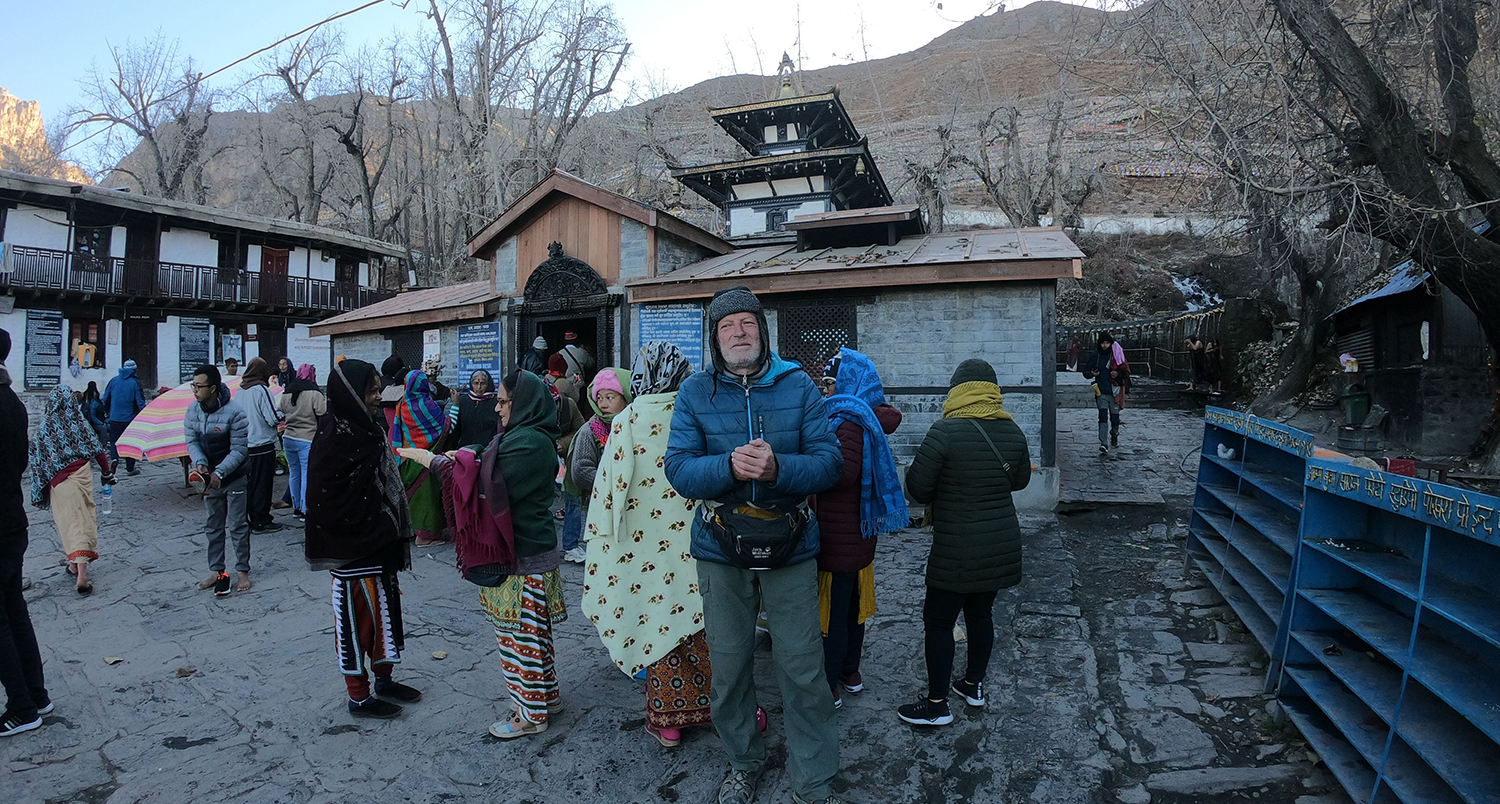
Some important things to keep in mind when visiting sacred temples and stupas in Nepal:
- Respect and Courtesy
Always be calm and respectful inside religious sites. Avoid speaking loudly, and keep your mobile phone turned off or on silent mode. - Maintain Cleanliness and Purity
Wash your feet before entering, remove shoes, hats, and sunglasses inside the temple. Do not litter inside or around the temple. - Respect Religious Artifacts
Do not touch idols, thangkas (religious paintings), lamps, or other sacred objects. - Ask Permission Before Taking PhotosAlways seek permission from the temple authorities or locals before taking photographs, as photography may be restricted in some places.
- Be Careful When Donating Money
Donate clean currency notes and avoid pulling money out once placed in donation boxes. - Be Mindful During Prayers and Meditation
Avoid causing any disturbance during rituals or meditation sessions. - Follow Local Rules and Traditions
Respect local customs; in some temples or stupas, women may be restricted from entering certain areas. - Protect the Environment
Do not litter, and help keep the surroundings clean by properly disposing of trash. - Respect Local Devotees and Monks
Interact respectfully with devotees, monks, and holy people present. - Embrace Peace and Reflection
Remember that temples and stupas are places of peace and meditation, so keep your mind calm and open to the spiritual experience.
Ready to explore Asia? Let us plan your perfect journey with confidence, with no worries about logistics, safety, and cultural nuances. You only focus on enjoying your trip.
Asia Experiences (A product of Everest Vacation P. Ltd.), specializing in South Asia and Southeast Asia multi-country tours, offers diverse packages for all age groups. We have various options for tour packages for travelers seeking cultural, historical, spiritual, natural, or adventure tour experiences.
There is also flexibility in customizing the itineraries to your preferences. Some of our packages are as follows, which include both South Asia and Southeast Asian destinations:
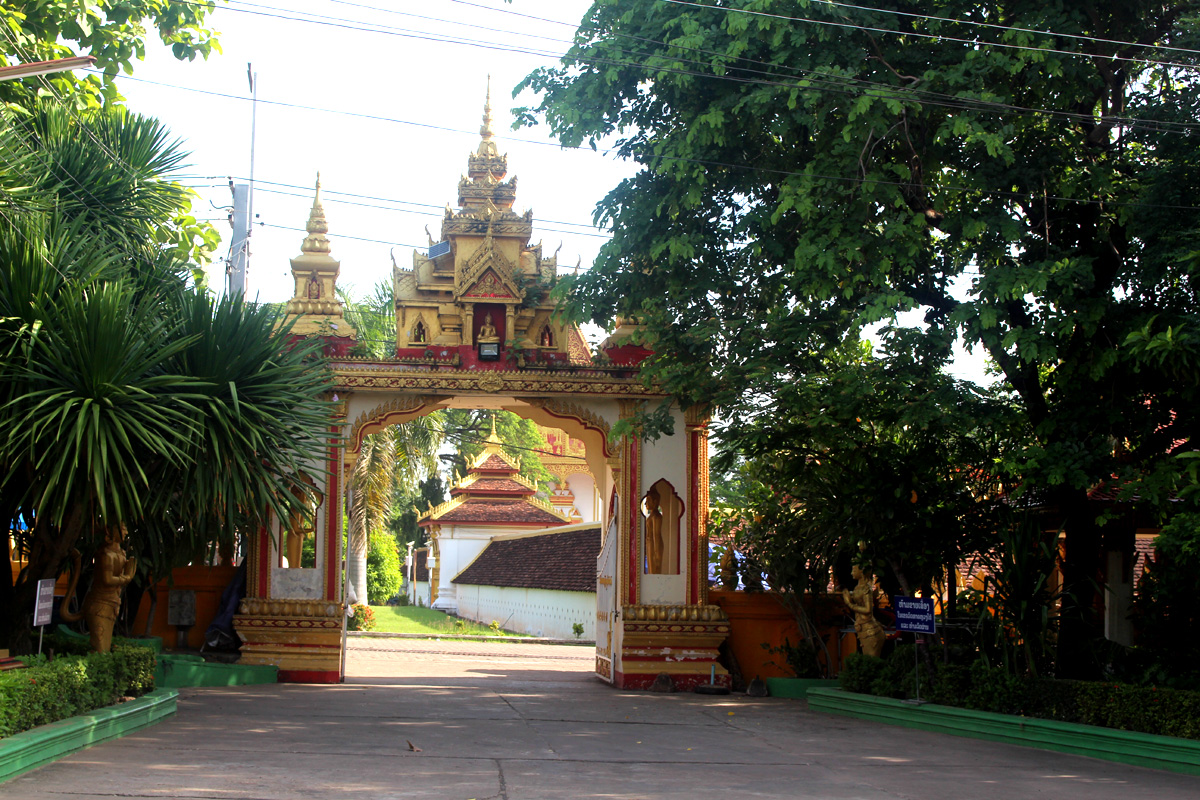
Nepal Tibet Cambodia Laos Tours 17 Days
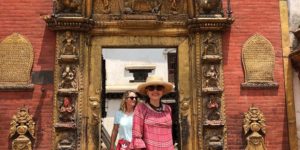
Nepal Tibet Bhutan Laos Tour 19 Days
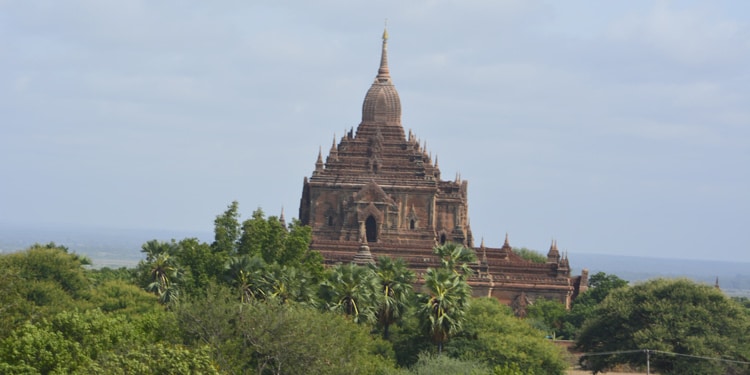
Nepal Tibet Thailand Myanmar Tour 20 Days
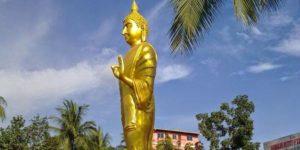
India Bhutan Bangladesh Tour 21 Days
